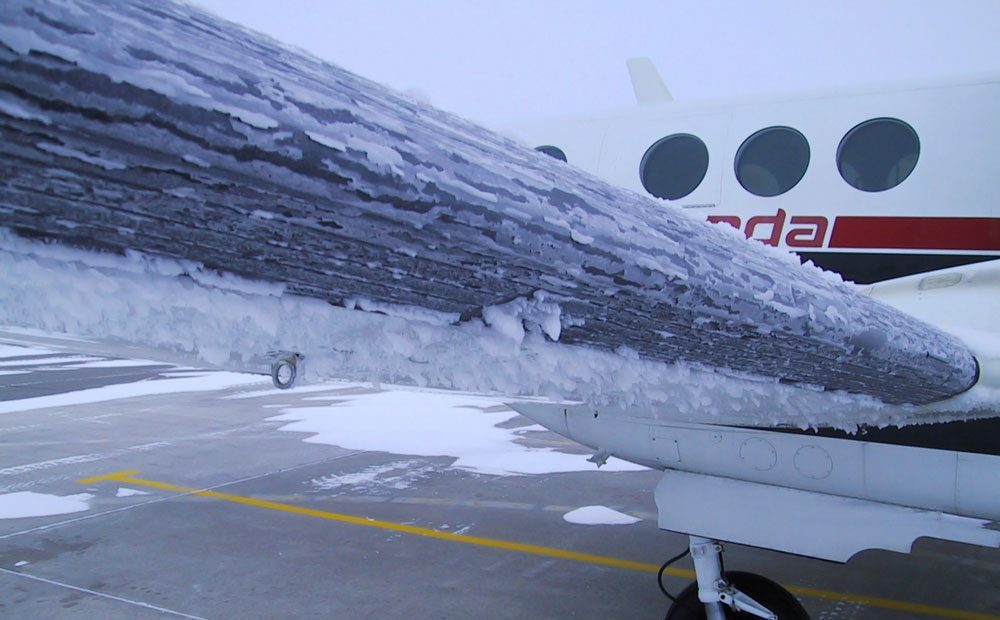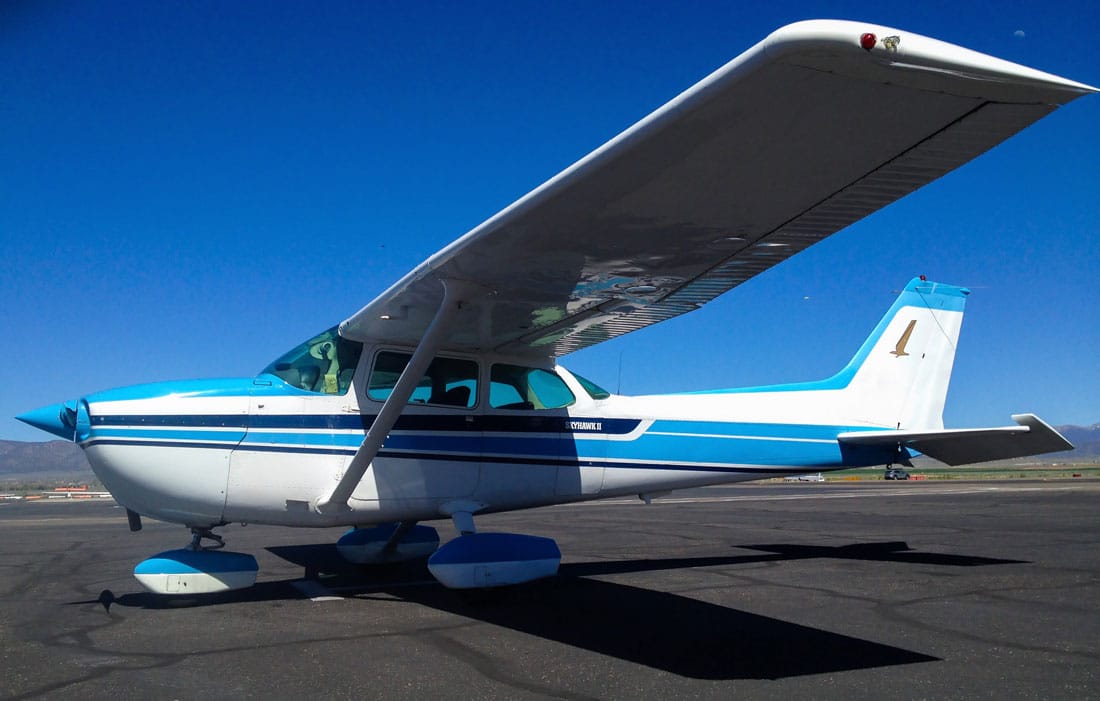In Addition To Aircraft Icing Alert System, NTSB Recommends Additional Training As Well
Following a meeting to review the December 2014 crash of an Embraer Phenom 100, during which the de-ice system wasn’t properly activated, the US National Transportation Safety Board (NTSB) is recommending the creation of an automatic aircraft icing alert system that would let pilots know to turn on aircraft de-ice and ice protection systems in the right conditions. They’re also recommending that pilots go through advanced training, covering risk management in winter weather and adherence to checklists.
According to the NTSB, who discussed the crash this past Tuesday, June 7, the probable cause was “the pilot’s conduct of an approach in structural icing conditions without turning on the airplane’s wing and horizontal stabilizer de-ice system, leading to ice accumulation on those surfaces,” as well as the pilot’s failure to use proper landing performance speeds suitable to the current weather conditions and airplane weight.
NTSB Chairman Christopher Hart added that “pilots must rely on checklists and procedures because relying only on memory can have deadly results. The pilot’s failure to turn on the de-icing system in an icing situation proved to be disastrous.” The tragic outcome of this decision was that the plane crashed into three houses, ultimately killing the pilot, two passengers, and three inhabitants of these houses.
Based on data from the cockpit, it appears the pilot turned on anti-ice and de-ice systems manually for a couple of minutes, then turned them off manually, but failed to turn them back on, even after receiving a transmission from the automated weather observing system at GAI. The automated report contained “sufficient information to indicate that conditions were conducive to icing during the approach to GAI.” The NTSB states that “based on available evidence, the NTSB could not determine why the pilot did not turn on the wing and horizontal stabilizer de-ice system during the approach to GAI,” noting that the pilot had received initial and refresher training in how to use the de-ice systems.
The NTSB believes a new automatic aircraft icing alert system and enhanced training will definitely benefit pilots when it comes to these kinds of situations. Hart said, “This crash demonstrates the importance of training, proficiency and professionalism for all pilots, professionals, and non-professionals alike. General aviation pilots must take every precaution to prevent accidents. Their calculations must be as precise as possible, and they must follow required procedures applicable to their aircraft. Pilots can never safely skip a checklist or cut a corner, even once—because any flight can turn deadly.”
The NTSB has sent a recommendation to the FAA and the General Aviation Manufacturers Association (GAMA) to work together to develop an aircraft icing alert system for aircraft that have a certification for single-pilot operations and flight into icing conditions. GAMA President and CEO Pete Bunce noted that significant progress has been made over the past decade in limiting aircraft icing risks and that GAMA’s ongoing work in that area would include reviewing the NTSB’s recommendation.
Featured Image: Purdue Polytechnic















Leave a Reply